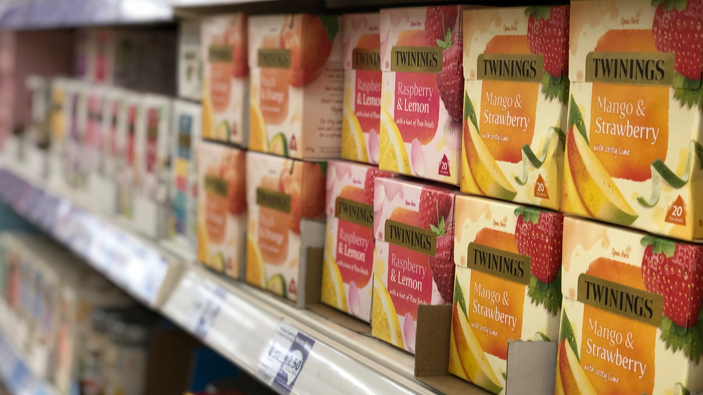A recent academic study titled "Can packaging elements elicit shoppers’ attention and convey information?" provides some much-needed answers. Conducted by a team of consumer behaviour researchers using state-of-the-art eye-tracking and virtual reality (VR) simulations, this study reveals how consumers visually interact with packaging, and how Brands and Retailers can harness those insights to drive sales.
The Research at a Glance
The study explored how specific elements on food packaging (like front-of-pack (FOP) labels, nutrition facts, and claims) affect consumer attention and interpretation in a retail-like VR environment. Using a simulated supermarket shelf, participants’ eye movements were tracked to measure which elements attracted attention and for how long. The goal: to determine whether visual attention predicts how consumers interpret information such as healthiness or sustainability.
This innovative approach bridges the gap between lab research and real-world shopping behaviour, yielding actionable insights for Brands & Retailers across packaging, marketing, FMCG, and retail.
Key Takeaways for Brands & Retailers
1. Front-of-Pack (FOP) Labels Are King, But Context Matters
FOP labels, such as Nutri-Score or traffic light labels, were significantly more likely to attract shopper attention compared to traditional back-of-pack (BOP) nutritional tables. Participants fixated on these simplified labels more quickly and for longer durations.
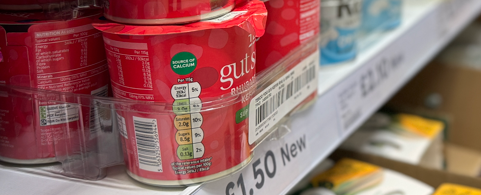
Implication for business: FMCG brands and private label manufacturers should prioritise clear, colour-coded FOP labels when targeting health-conscious consumers. Retailers can leverage this trend by requiring or incentivising suppliers to implement such labels, especially for store-brand products.
Caveat: The effectiveness of FOP labels can vary by product category and consumer goals. For instance, a shopper shopping for indulgence may ignore health labels altogether, highlighting the importance of segmentation and context-specific design.
2. Visual Attention Doesn’t Guarantee Comprehension, But It Helps
The study found a positive correlation between visual attention and correct information interpretation. The more time shoppers spent looking at a label, the more likely they were to accurately identify which product was healthier or more sustainable.
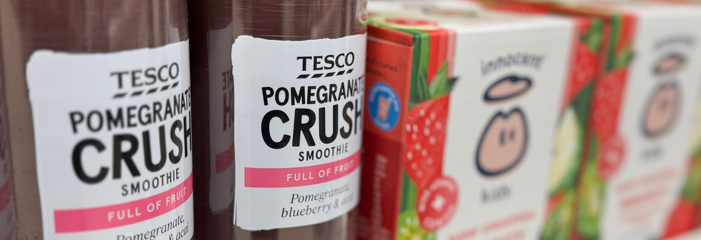
However, mere exposure wasn’t enough. If a label was too complex or unfamiliar, increased viewing time didn’t necessarily translate to better understanding.
Implication for business: Design isn’t just about being noticed, it’s about being understood. Brands should not only aim for eye-catching visuals but also simplify and standardise information: Psychologically, this is known as optimising processing fluency. Collaborating with regulatory bodies to promote universal FOP standards can enhance comprehension and trust.
3. Claims and Labels Trigger Preconceived Notions
When a product carried an eco-label (e.g., organic or carbon footprint), shoppers were more likely to perceive it as sustainable, even if the actual information didn’t support that conclusion. Similarly, health claims influenced perceptions of nutritional value.
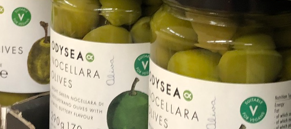
Implication for business: This “halo effect” suggests that labels can shape consumer perceptions beyond their factual meaning. While this can be advantageous for differentiation, it also carries ethical and legal risks. Businesses must ensure that claims are substantiated and not misleading, especially in an era of increasing regulatory scrutiny.
For marketers and procurement teams, this also underscores the importance of credibility in third-party certifications. Choosing well-recognised, trusted labels (like EU Organic or Fair Trade) can enhance brand value and consumer trust.
The Power of Technology: Why VR + Eye-Tracking Matters
Unlike traditional surveys or interviews, this study utilised immersive virtual reality combined with eye-tracking technology. Participants wore headsets that simulated a grocery store environment while their eye movements were tracked in real time.
Why does this matter?
- Ecological validity: VR mimics real-world conditions, making results more generalisable.
- Precision: Eye-tracking captures subconscious behaviour that shoppers can’t self-report.
- Speed and cost-efficiency: It offers a scalable alternative to in-store testing.
Implication for business: Forward-thinking companies should consider transforming the design game using Behavioural Science. We have an AI-powered design analysis tool that changes the design game entirely. Quantitative analysis & expert recommendations, fast!
Practical Applications for Industry
Here’s how businesses can apply these findings across different sectors:
FMCG Manufacturers
- Use FOP labels strategically to highlight nutritional or ecological advantages.
- Test packaging designs psychologically before launching to market.
- Collaborate with retailers to gain shelf placement that maximizes visibility.
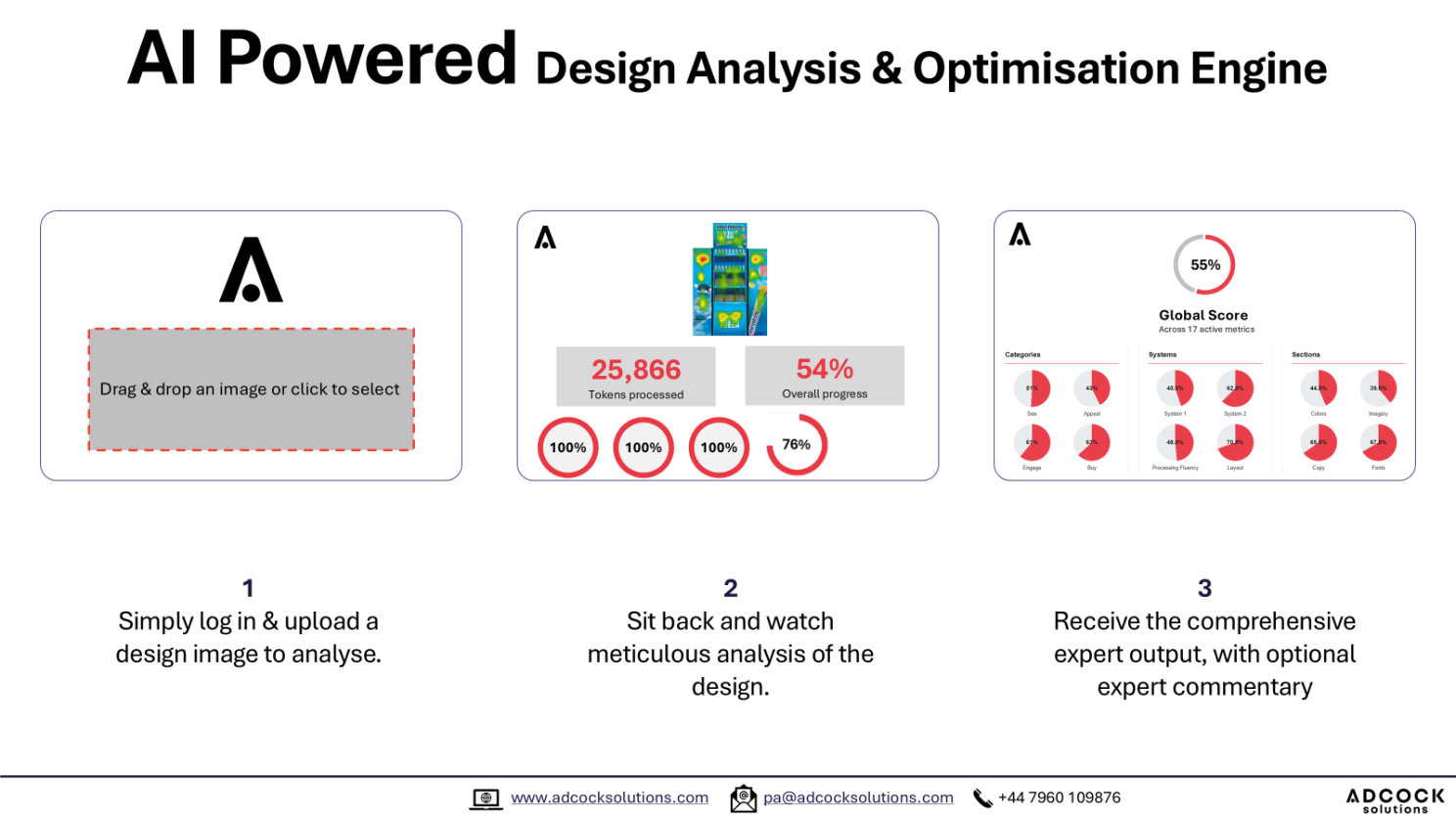
Packaging Designers
- Incorporate standardised, colour-coded cues that are easy to interpret.
- Avoid clutter; ensure the most critical information is placed where the eye naturally lands first.
- Use Behavioural Science based design to align with shopper attention patterns.
Retailers
- Curate product assortments based on proven psychology.
- Offer shelf real estate incentives to brands with shopper-friendly packaging.
- Promote educational campaigns that help shoppers interpret FOP labels.
Shopper Marketing and Branding Firms
- Guide clients in narrative-driven label development that resonates with target segments.
- Leverage these insights to fine-tune messaging, especially for health, wellness, and sustainability trends.
- Integrate Behavioural Science related design effectiveness metrics into your performance analytics toolkit.
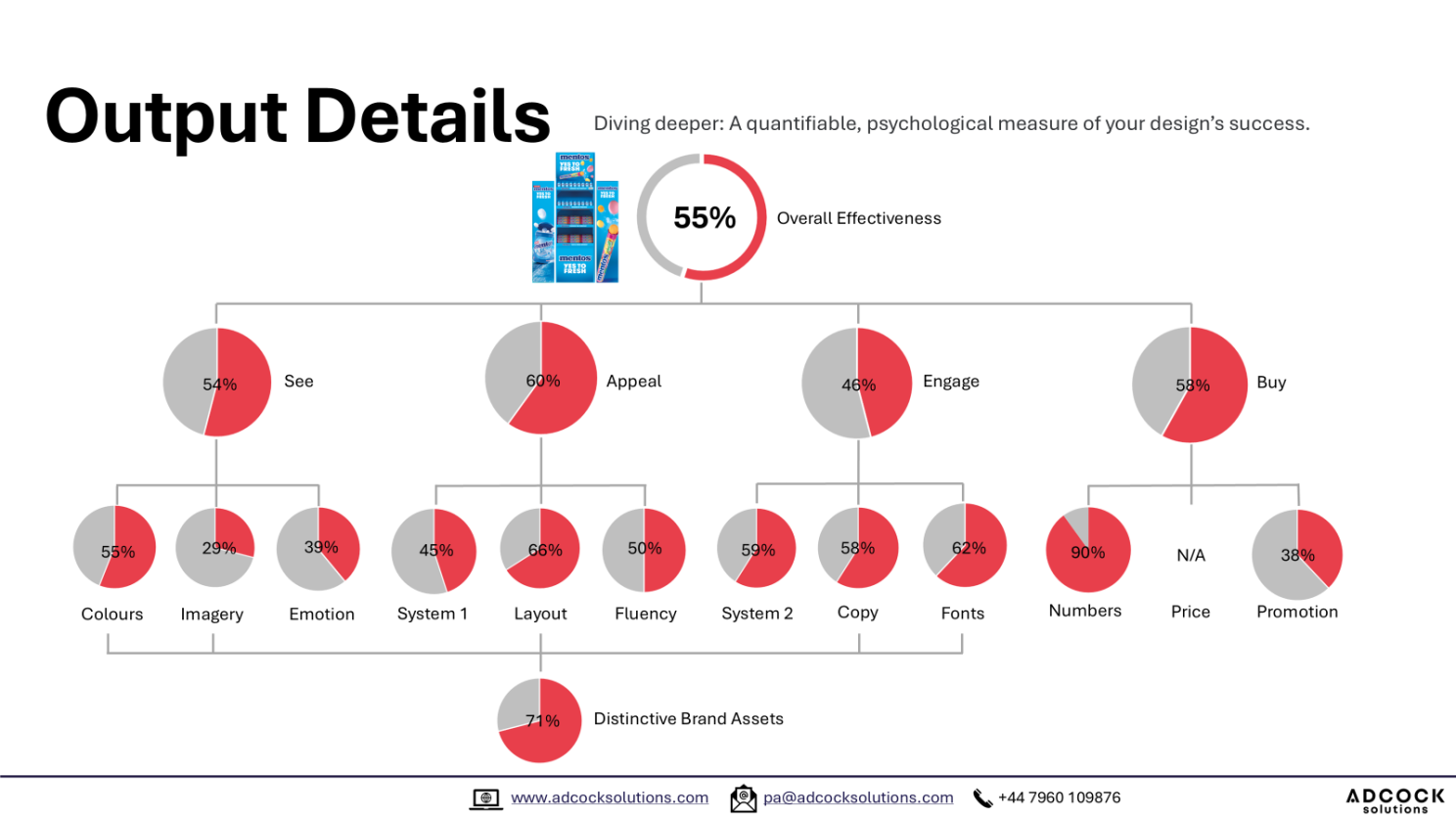
Limitations and Future Outlook
While the study provides ground breaking insights, there are some limitations:
- The sample was relatively homogeneous (young European adults), which may not reflect broader demographics.
- It focused on packaged food, effects may differ for cosmetics, beverages, or household goods.
- Real-world shopping involves multiple stimuli (price, brand loyalty, promotions) not fully replicated in VR.
Nonetheless, the methodological innovation paves the way for richer, more nuanced research. Expect to see growing use of Behavioural Science across industries to optimise shopper journeys, retail design, and digital shelf performance.
Final Thoughts: A Wake-Up Call for the Industry
This study offers a clear message: if you don’t win the eye, you don’t win the buy. Packaging is no longer a back-office function, it’s a frontline tool in the war for shopper attention and trust. Businesses that understand how psychological cues shape perception and decision-making will lead the pack in the crowded aisles of retail.
For Brand stakeholders across food, retail, and CPG, the challenge is to transform these insights into action: to design smarter, communicate clearer, and test psychologically. Because in the blink of an eye, your product might be passed over, or picked up.
So here’s the question: Is your current design winning attention, or silently leaking sales?
We're offering a 100% free test-drive of one of the most powerful shopper design analysis tools available FREE. No risk. No cost. Just results! Email us for more information.
Our insights are based on proven psychological principles, helping you:
✅ Capture visual attention at shelf
✅ Improve message hierarchy and clarity
✅ Increase conversion by aligning with shopper heuristics
✅ Avoid costly design blind spots
🧠 “The alternative to good design is always bad design. Because there is no such thing as no design.” - Jeffrey Veen
67% of leading FMCG brands are already applying behavioral science to their design process. So, don’t let your competitors ‘out-influence’ you at the point of decision.
👉 Send your first asset today, and let's have a conversation about how your design stacks up.
Because as designer Joe Sparano said:
“If you think good design is expensive, try being responsible for bad design.”

